
Blog
The Ultimate Guide to Choosing Coffee Equipment: Industry Insights and Expert Recommendations
As the coffee industry continues to flourish, with global coffee consumption estimated to reach 10 million tons by 2025, having the right coffee equipment becomes paramount for both home brewers and professional baristas. Investing in quality coffee equipment not only enhances the brewing process but also impacts the flavor and overall experience, making it crucial to select the right tools. According to the Specialty Coffee Association's recent report, nearly 55% of consumers prefer brewing coffee at home, emphasizing the growing market for at-home coffee appliances. This guide aims to provide vital industry insights and expert recommendations, ensuring you make informed decisions in choosing coffee equipment that meets your brewing aspirations and supports the evolving trends in the coffee landscape.
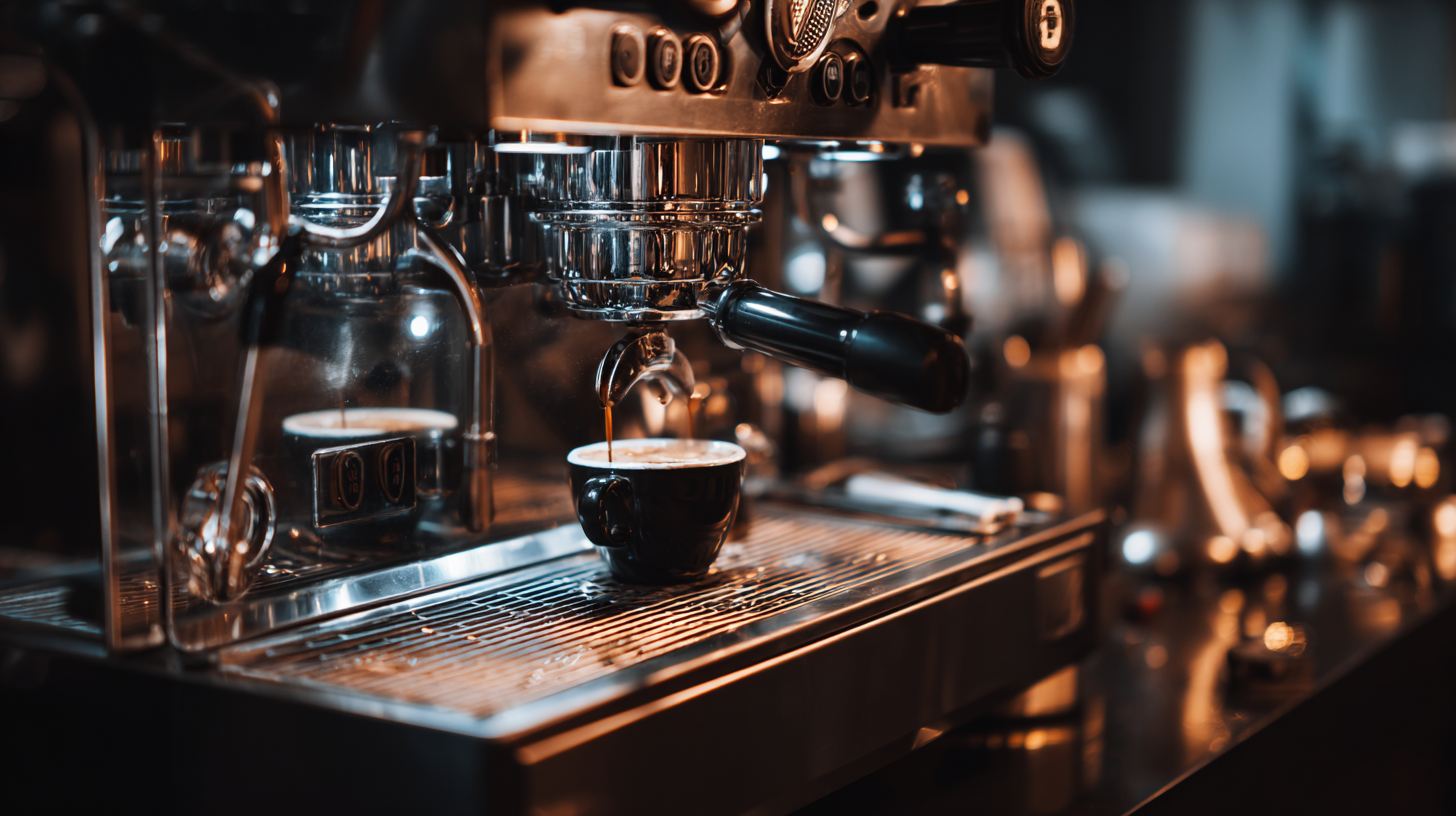
Understanding the Coffee Equipment Landscape: Key Trends and Market Data
In the ever-evolving coffee equipment landscape, staying abreast of key trends and market data is essential for both consumers and industry professionals. Recent reports indicate a significant shift towards home brewing as more coffee enthusiasts seek to recreate café-quality beverages at home. This trend has sparked increased demand for high-end coffee machines and grinders, as well as innovative brewing devices that cater to a variety of brewing methods. Understanding these preferences can help buyers make informed decisions when selecting equipment.
Moreover, sustainability continues to be a crucial factor influencing the coffee equipment market. Consumers are now prioritizing brands that emphasize eco-friendly practices and materials in their products. Manufacturers are responding by creating equipment that minimizes waste and promotes responsible sourcing. This shift highlights a growing consciousness among consumers that extends beyond the cup, driving them to invest in equipment that reflects their values. By keeping an eye on these trends, coffee lovers can find equipment that not only meets their brewing needs but also aligns with their commitment to sustainability.
Selecting the Right Coffee Grinder: Burr vs. Blade and Their Impact on Flavor
When it comes to brewing the perfect cup of coffee, the choice of grinder plays a crucial role that often goes overlooked. The debate between burr and blade grinders is not just a matter of personal preference; it significantly impacts flavor and consistency. According to the Specialty Coffee Association's recent report, coffee ground with burr grinders typically produces a more uniform particle size, which leads to better extraction during brewing. This uniformity helps to accentuate the unique flavors and aromas present in high-quality coffees.
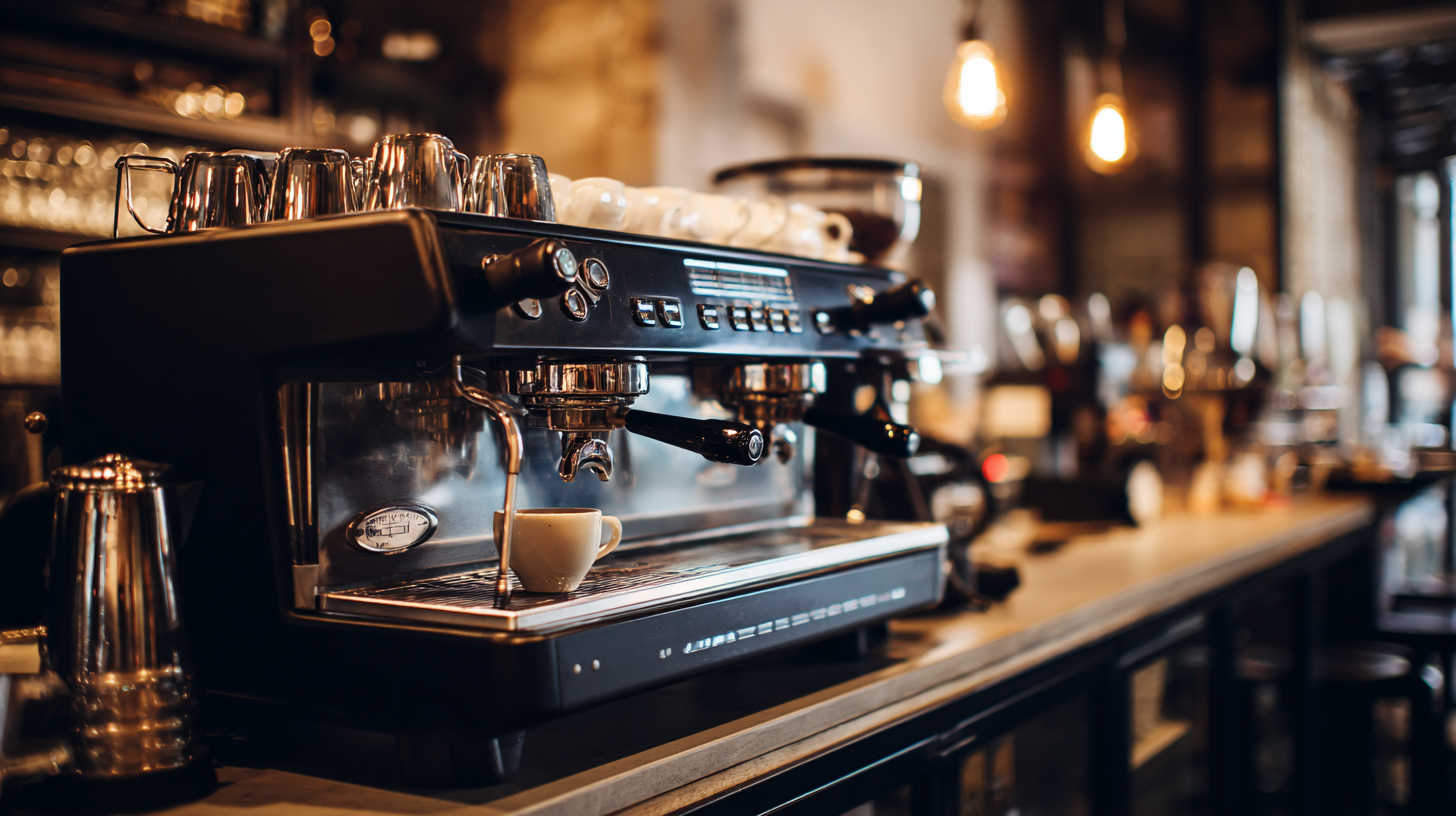
In contrast, blade grinders operate by chopping beans in an inconsistent manner, resulting in uneven particle sizes. A study published in the Journal of Food Science found that uneven grinding can lead to over-extraction of some particles and under-extraction of others, significantly detracting from the overall coffee experience. Furthermore, experts recommend investing in a burr grinder, as it allows for precise control over grind size, which is essential for various brewing methods. In fact, a survey by the Coffee Quality Institute indicated that 75% of professional baristas prefer burr grinders for their superior performance and ability to enhance flavor clarity in coffee.
Essential Brewing Methods: Comparing Drip, Espresso, and French Press Effectiveness
When it comes to brewing the perfect cup of coffee, choosing the right method is essential. Drip coffee makers, espresso machines, and French presses each offer unique flavors and brewing experiences. Drip coffee is known for its convenience and ability to brew multiple cups simultaneously, making it a popular choice for busy mornings. However, it often lacks the depth and richness that some coffee enthusiasts crave.
Espresso, on the other hand, delivers a concentrated shot of coffee that serves as the foundation for many beloved coffee drinks. To make the most of your espresso machine, invest in high-quality coffee beans and ensure your machine is well-maintained. A properly tamped shot can make a significant difference in flavor, so practice your technique regularly.
French press brewing is favored for its straightforwardness and ability to highlight the intricate flavors of the coffee. When using a French press, consider coarsely grinding your coffee beans to avoid a gritty texture. Additionally, let the coffee steep for about four minutes for optimal extraction. As you experiment with these brewing methods, keep in mind that personal preference plays a huge role in the final flavor. Taste test each method to find your preferred brewing style.
Investing in Quality: How to Choose the Best Coffee Machine for Your Needs
When it comes to coffee, the right machine can greatly enhance your brewing experience. Investing in quality means understanding your specific needs and how different machines cater to them. For instance, if you enjoy the ritual of hand-brewing, a manual espresso machine or pour-over setup might be ideal. The tactile experience along with the precise control over brewing variables can significantly elevate the flavor profiles of your coffee.
On the other hand, if convenience and consistency are your priorities, automatic coffee machines or single-serve brewers could be the better choice. These machines often come with programmable features, allowing you to set your brew time and strength. Researching various options available in the market is crucial—look for machines that offer reliable customer reviews and warranties to ensure your investment lasts. Ultimately, assessing how often you brew coffee, the types of beverages you enjoy, and your budget will guide you toward making the best choice for your daily caffeine fix.
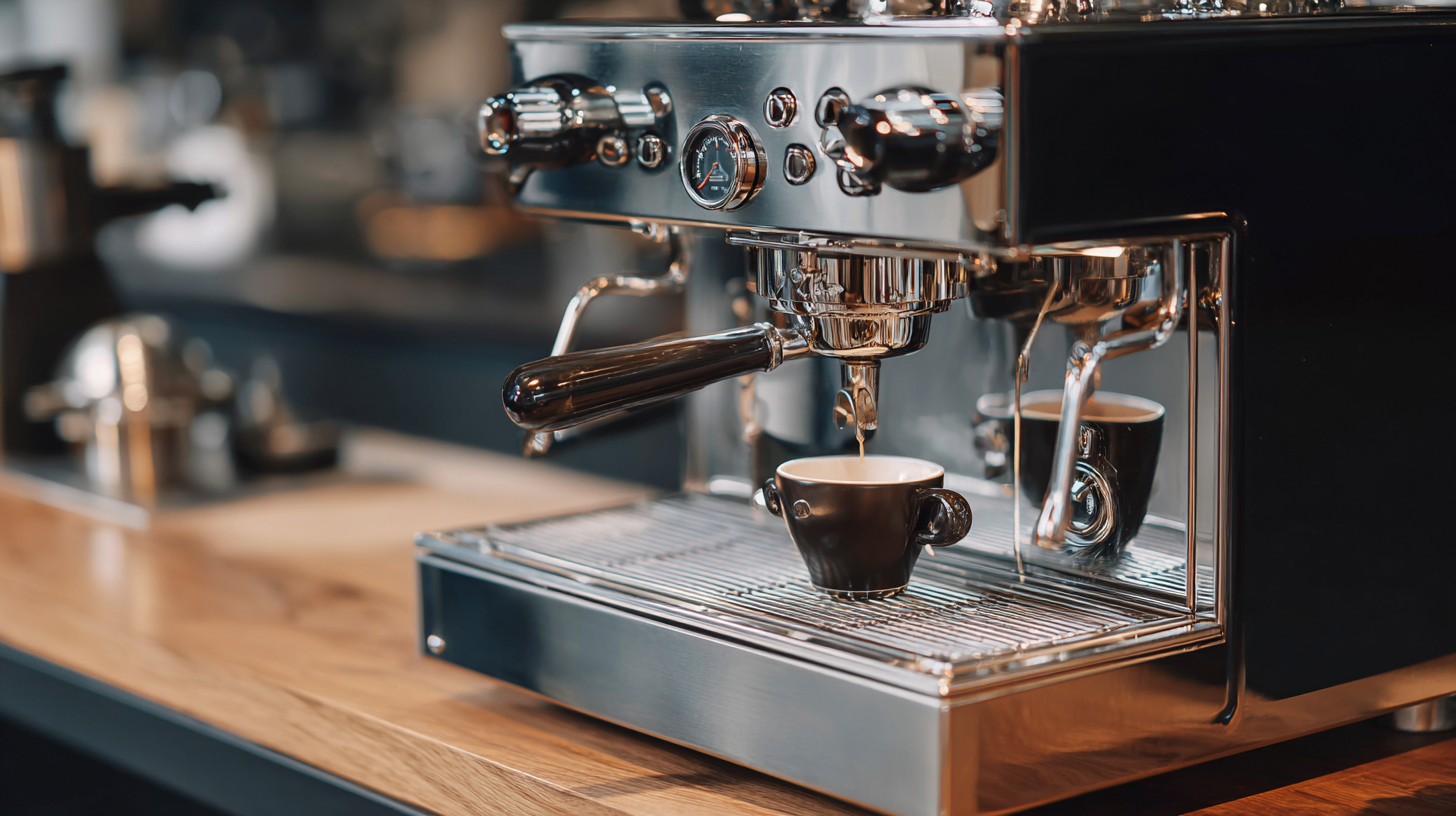
Maintenance and Durability: Industry Insights on Longevity of Coffee Equipment
When investing in coffee equipment, durability and maintenance are crucial factors that can significantly impact your brewing experience. Selecting machines that are built with high-quality materials can ensure longevity, but regular maintenance is equally important. Industry experts highlight that equipment made from stainless steel or heavy-duty plastic is often more resilient against wear and tear, while routine cleaning and servicing can prevent minor issues from escalating into costly repairs. For instance, spending just a few minutes each day on maintenance can extend the lifespan of your espresso machine, grinder, or brewer by years.
Moreover, understanding the specific maintenance requirements of different equipment can save both time and money. Many brands provide detailed guides on how to care for their products, and following these recommendations can help achieve optimal performance. From descaling your coffee machine to regularly replacing worn-out parts, these practices not only keep your equipment in top shape but also enhance the flavor of each cup. Choosing equipment that is designed with user-friendly maintenance in mind can make the process simpler and more intuitive, ensuring your coffee journey is uninterrupted by mechanical failures.
The Longevity of Coffee Equipment by Type
Related Posts
-
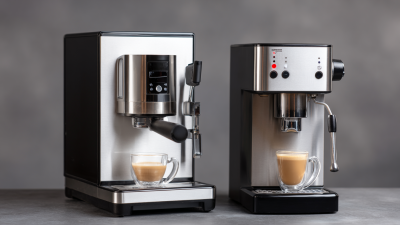
Ultimate Checklist for Choosing the Best Single Coffee Machines for Your Business
-
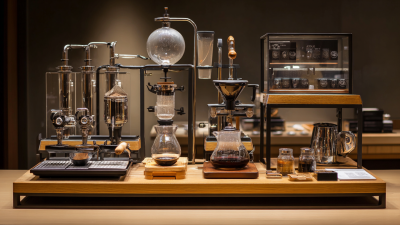
Exploring Innovative Alternatives in Best Brew Coffee Equipment for Global Buyers
-
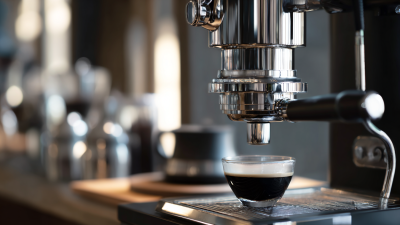
Unlocking the Advantages of Optimal Brew Coffee Equipment for Your Daily Ritual
-

15 Best Coffee Bean Machines You Can't Live Without in 2023
-

7 Best Coffee Machines Transforming the Home Brewing Experience in 2023
-

7 Unbeatable Reasons to Choose Single Brew Coffee Machines for Your Business
